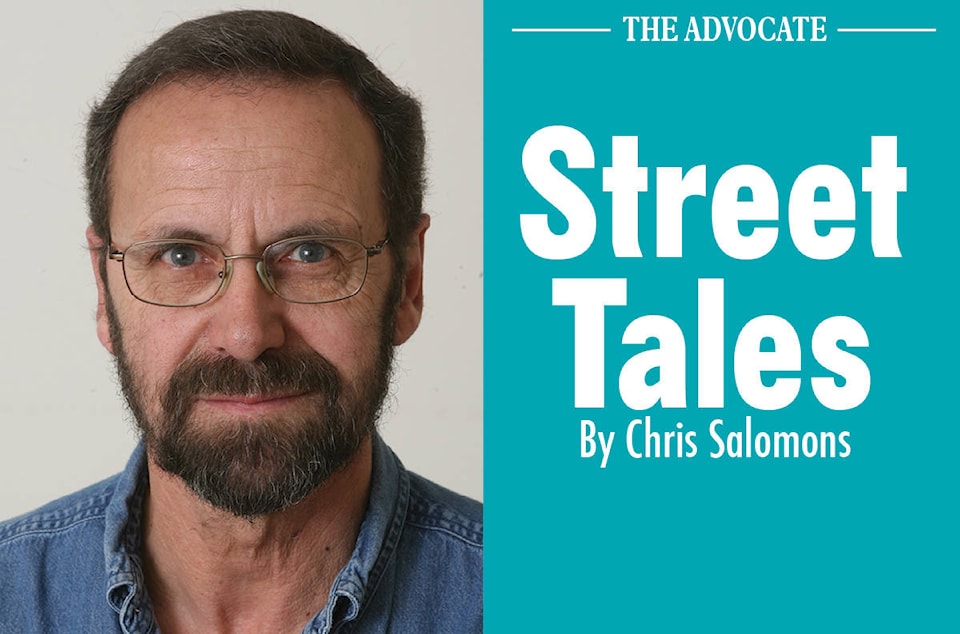I was approached and asked if, and how, my attitudes or thinking had changed over the years in regards to addictions and street people.
What were my thoughts on the harm reduction efforts currently in place, along with all the different demands for recovery programs?
I had to spend a little time reflecting on these things in order to make a comparison. What was it like when I first became involved, and what changes were made in the past 20 plus years? Did they influence my attitudes and beliefs in any major way?
In those years, the whole issue of homelessness, drugs and crime grew before our eyes. It was not very long before we found it almost overwhelming.
The idea of harm reduction was introduced in Red Deer and sounded like a very positive way to help. After all, it would reduce the number of people infected by dirty needles.
The original concept was a needle exchange: “give me a dirty needle, and I will give you a clean one in exchange.”
The only problem was a crackhead can use as many as 10 needles a night. So the agencies paid to administer this program changed the method. They began handing out brown paper bags with a dozen or more needles, as well as cooking trays, restrictor bands and sterile water.
The result was almost immediate. Complaints were coming thick and fast about the irresponsible disposing of used needles and other drug-related paraphernalia. Also, they were being found in store washrooms, in playgrounds — as a matter of fact, anywhere addicts could hide to inject.
In my mind, it shifted the need for harm reduction from the addict to the population at large. Many of the folks I worked with accidentally picked up and were poked by used needles. Of the many who left that drug scene, all agreed the current program was enabling, not helping.
So, a better plan was proposed: safe injection sites. The same above-mentioned folks said this is enabling on steroids.
Look at it this way: when our children are of age, they obtain a driver’s licence and a car with the full expectation they will follow the rules of the road and be fully responsible for any infraction they incur.
Unless the parents are helicopter parents, there is no way to stop foolish behaviour, or the sometimes fatal results of reckless behaviour.
I still believe we should do everything we can to save the lives of addicts, but there comes a point at which the only way to help is by taking them out of the society that keeps them so entrenched.
Hence, centres like the proposed Dream Centre. Unlike a detox centre, those participating in a Dream Centre program have to know they commit themselves to a drug-free life while they are there. One relapse and they are out of the program, period!
They are totally accountable for their time, both in and out of the facility. There is no loitering outside the building, and they are, after an initial orientation of a couple of weeks or more, encouraged to find work or some activity that is building rather than tearing down.
An appeal to move forward with the Dream Centre was held Tuesday. There are a lot of people relying on a favourable outcome to this appeal; both the organizers and hopeful attendees.
We, as a community, need to understand the way a Dream Centre works and where the best place is to locate it.
There are those in the decision-making role who are fearful of the proposed location simply because some of their decisions are based on the incumbent situations, which by all accounts, are not the best.
Only through learning the complete role of a Dream Centre can we change attitudes and begin to experience some of the hopeful changes in addictions we as a society long for.
Chris Salomons is a retired Red Deer resident with a concern for the downtrodden.
